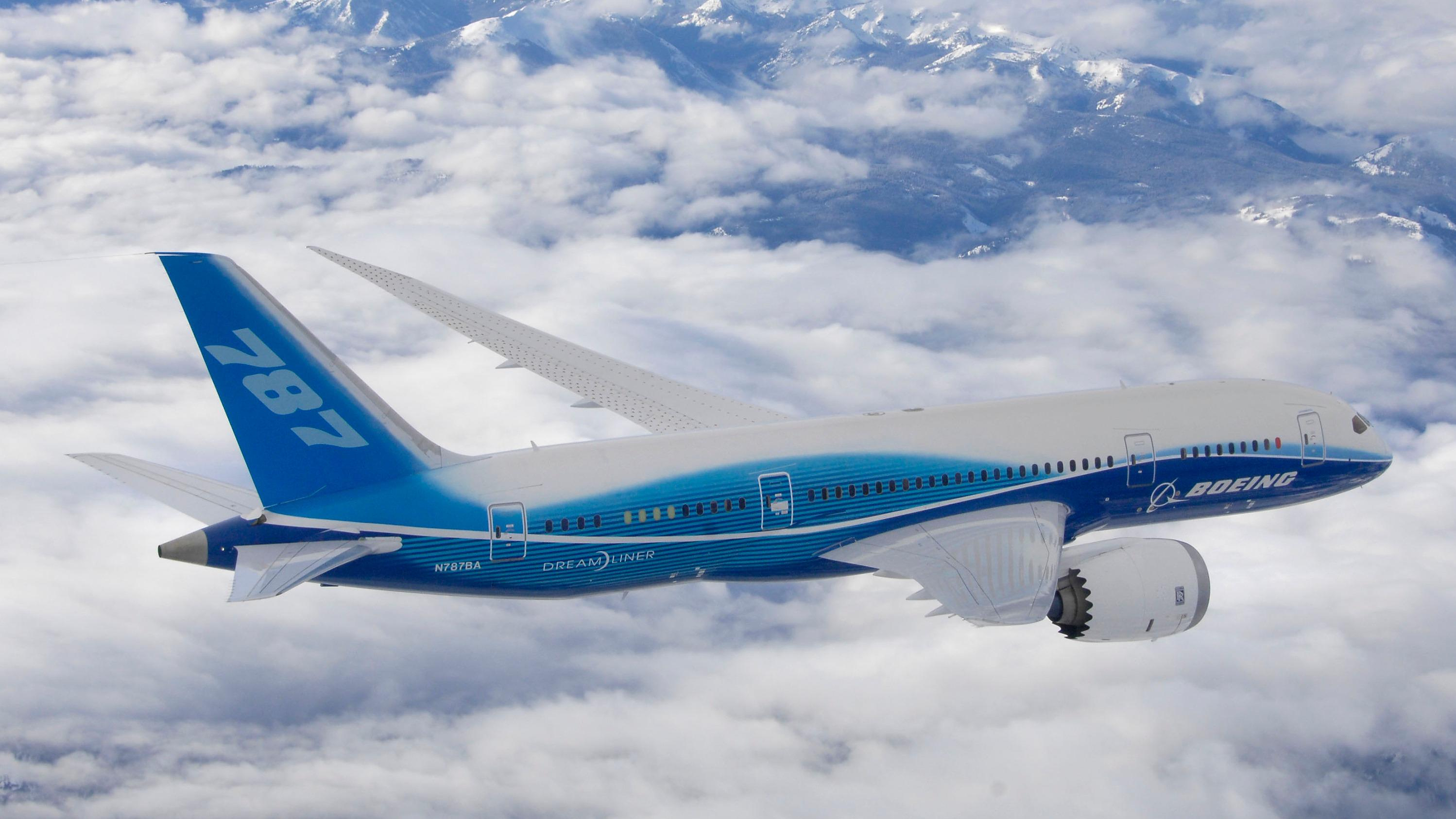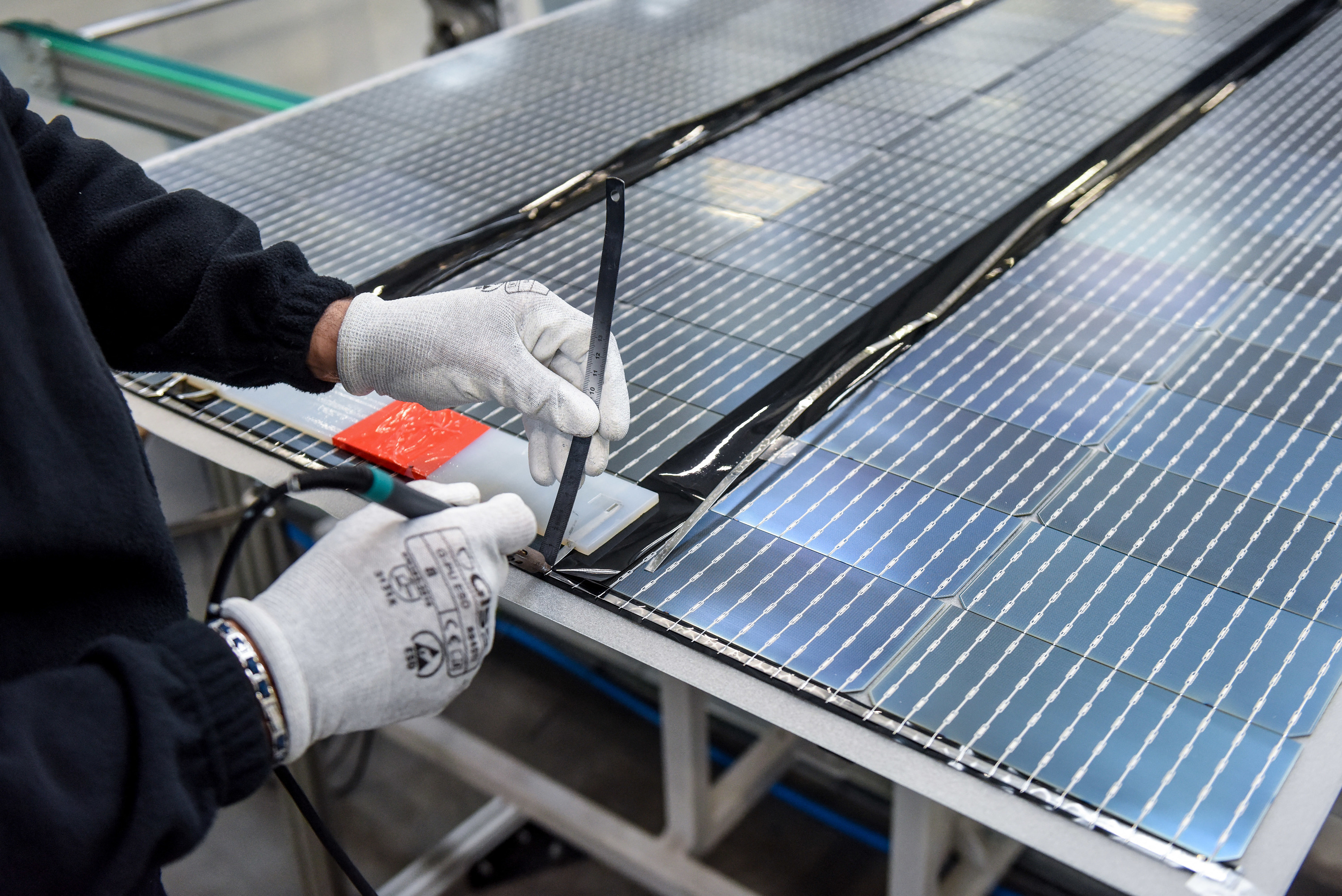Just in time for the festival, the magnificent flamboyant tree is in full bloom everywhere, these are huge trees full of thick red flaming umbels in the gardens, parks or on the roadsides. It is well known that it is midsummer and everyone is partying outside. You might think Christmas is one big barbecue party here.
Australians like to treat themselves to cold food at the festival because it is so hot outside, on average over 30 degrees Celsius. Here you can celebrate with family and friends in the garden and decorate the evergreen eucalyptus, also known as the gum tree, with a few colorful balls and tinsel.
A popular Australian Christmas carol sings about the eucalyptus: "Christmas where the gum trees grow, there is no frost and there is no snow". Of course, “O Christmas Tree” is also hummed. Decorated plastic fir trees are widespread, inflatable Christmas trees are suitable for visiting the beach and sandmen are suitable for lack of snow.
On December 25th, the grill – here called “Barbie” as a pet form of barbecue – will be heated up, ice-cold drinks will be served, then we will feast. Shrimp should not be missing. In any case, in Australia "Prawns on the Barbie" are a national dish for all occasions, often accompanied by seafood, fish, turkey, ham, and a pavlova meringue cake for dessert, another favorite Down Under dish.
Afterwards there is a splash in the pool or on the beach or a game of cricket. In and around Brisbane, Sydney and Perth, the beaches are decorated for Christmas on December 25th. On the second bank holiday, known as Boxing Day, Australians either go shopping for bargains at the Boxing Day Sale or watch the live broadcast of the Boxing Day Test, the iconic Christmas cricket match between Australia and another national team. 2022 will be played against South Africa.
There is rarely a Christmas tree in Paraguay, but there is a lovingly made crib in almost every house, often decorated with the blossoms of the Mbokaja palm. The flowering umbels of this species of palm, which grows like weeds across the country, smell wonderful.
The wooden crib is usually decorated with tropical local fruits such as honeydew melons, pineapples, bananas, oranges, papayas and mangoes. The baby Jesus is a carved figure in the middle, framed by Mary and Joseph and the animals in the stable.
On the afternoon of Christmas Eve, friends and neighbors drop by to admire each other's cribs. In the evening, people meet for a family meal, and usually everyone brings something – such as grilled meat, corn rings, cassava potatoes and a “Sopa Paraguaya”, the hearty national dish made from corn flour, cheese, milk, eggs, onions and oil, which is baked like a cake and baked like a cake is eaten. At midnight, when the church bells ring, people usually go to mass first, and then party outside in the warm night until morning.
Gifts are usually not given until January 6th, Epiphany Day. Then the children put a wish list in their shoes and hope that the kings – and not the Christ Child and certainly not Santa Claus – will bring what they want.
The most practical of all Christmas trees grows in New Zealand: the pohutukawa – with its full, bright red fluffy mica it is practically pre-decorated by nature. It is in full bloom at Christmas time. The "New Zealand Christmas Tree" is neither sawed off nor put in a vase. He decorates gardens, avenues and parks.
Most New Zealanders celebrate Christmas outdoors - the summer holidays have begun, the South and North Islands are in a holiday mood. There are "Santa Parades" everywhere, carnival-like processions with decorated floats, open-air concerts in parks, picnics on the beach and barbecues in gardens.
The happy Santa Claus festival on December 25th includes joke articles such as "Christmas crackers", crackers as usual on New Year's Eve: two pull at each end, it goes "bang"; Confetti, toys, a joke on paper flutter out and also a golden paper crown, which you then put on. New Zealanders find Christmas so much fun that they celebrate it twice: a second time in July when it gets cold. Then it's "Mid-Winter-Christmas".
In the homeland of the Christmas cactus, one is rather surprised that this comparatively puny plant likes to adorn millions of German window sills during the festive season. In the rainforest, its red miniature flowers pale in comparison to the lush splendor of competitors such as orchids or bromeliads.
But that doesn't fit the typical festive mood in Brazil at all, because from the end of November onwards, things won't be spilled, but rather lavishly: the decorations should be as big, colorful and pompous as possible. Even palm trees, mango trees and banana trees glitter, are pimped up with cotton wool or snow spray, and the artificial Christmas trees are decorated all over with colorful flashing lights, called "Pisca-Pisca" in Portuguese. So it sparkles everywhere.
Urban Christmas trees made of iron and steel frames cannot be tall enough: 70 meters in São Paulo, even 120 meters in the Christmas city of Natal. Each year, a Christmas tree floating on rafts lights up Rio de Janeiro's Rodrigo de Freitas Lake, with 3.3 million light bulbs and 105 kilometers of strings of lights - a world record. But: In 2022 no sponsor was found for cost reasons. For this purpose, the Christ statue in Rio is illuminated like a work of art with religious motifs.
Santa Claus, known as “Papai Noel”, is everywhere on Christmas Eve. He climbs ladders, lands in a helicopter at Rio's soccer stadium, and drives up the Amazon to distribute gifts to those in need in the riverside villages.
At Christmas time, the giant cap roses bloom all over South Africa, in gardens and also wild on the roadside. Classic colors for the flowering miracle are pink, red and white. The king's cap rose is a popular gift for Christmas; it adorns the coat of arms of South Africa as a stylized national flower.
Christmas celebrations in South Africa are becoming increasingly original: instead of the usual plastic fir trees with a few balls, baobabs, the symbols of the savannah, and guavas are now also used as Christmas trees – albeit in miniature, stylized or formed from their root wood.
Beautiful glass beads, dolls or angel figures decorated with golden necklaces, which are made by the artists of the Ndebele ethnic group, are often hung on them. This craftsmanship can be found at markets such as the "I Heart Market" in Durban, the "Parkview Christmas Market" in Johannesburg or the "The Cape Town Gift Market" in Cape Town.
Otherwise, Christmas for the English- and Afrikaans-speaking population is strongly reminiscent of British and Dutch customs. Children hang up Christmas stockings while choirs parade through the streets. In midsummer South Africa, people prefer to party outside, with a barbecue, the "braai", usually with mince pies, minced meat cakes. For dessert there is often ice cream cake or malva pudding, a kind of cake with apricot jam and cream sauce.
The Zulu and Xhosa, the largest ethnic groups in South Africa, celebrate lavish parties. You spend the day together with family and friends on the beach, swimming, drinking, picnicking, dancing and singing together. Christmas is that time of year when the beaches in the Western and Eastern Cape, and in and around Durban, get crowded.
As colorful as the rainbow nation is, there are also different celebrations together, in this sense one wishes for "Siniqwenelela Ikrismesi Emnandi" in Xhosa and "Ukhisimusi omuhle" in Zulu. In Afrikaans, which is spoken in south-western South Africa, one wishes “Geseënde Kersfees”.
Nature creates the festive atmosphere in Peru. Near the equator, poinsettias bloom as giant bushes with hundreds of red leaves, and knight stars, also known as amaryllis, shine in parks and gardens. You hardly need to help with fairy lights.
European-style Christmas trees tend to have few followers, and Santa Claus is not yet represented everywhere in Peru. Here everything revolves around the most beautiful crib. At the end of November, the families already begin preparing these works of art, known as “El Nacimiento”. They are miniature landscapes that are recreated in the living room. The baby Jesus is not ceremonially placed in it until Christmas Eve.
That's why the Andean city of Cusco, also the starting point for a trip to Machu Picchu, has a very special last-minute Christmas market on December 24th, the "Santurantikuy" at the Plaza de Armas. There you will find everything for the perfectly styled nativity scene: miniature figures made of straw and raffia, woven stables, crocheted hats and little shoes for the baby Jesus. Andean decoration of a special kind.
Christmas starts late: on Christmas Eve with the service around 10 p.m.; at midnight fireworks with rockets follow. Only then is food eaten: often turkey, suckling pig, fish or – depending on the region – grilled guinea pig. Sweet panetón bread with raisins and candied fruit is a popular dessert.
A nice tradition: In Peru, hot chocolate, "Chocolatada", is distributed to poor people at night.

 Torrential rains in Dubai: “The event is so intense that we cannot find analogues in our databases”
Torrential rains in Dubai: “The event is so intense that we cannot find analogues in our databases” Rishi Sunak wants a tobacco-free UK
Rishi Sunak wants a tobacco-free UK In Africa, the number of millionaires will boom over the next ten years
In Africa, the number of millionaires will boom over the next ten years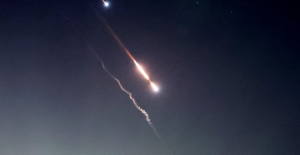 Iran's attack on Israel: these false, misleading images spreading on social networks
Iran's attack on Israel: these false, misleading images spreading on social networks New generation mosquito nets prove much more effective against malaria
New generation mosquito nets prove much more effective against malaria Covid-19: everything you need to know about the new vaccination campaign which is starting
Covid-19: everything you need to know about the new vaccination campaign which is starting The best laptops of the moment boast artificial intelligence
The best laptops of the moment boast artificial intelligence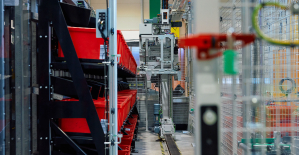 Amazon invests 700 million in robotizing its warehouses in Europe
Amazon invests 700 million in robotizing its warehouses in Europe Switch or signaling breakdown, operating incident or catenaries... Do you speak the language of RATP and SNCF?
Switch or signaling breakdown, operating incident or catenaries... Do you speak the language of RATP and SNCF? Transport in Île-de-France: operators are pulling out all the stops on passenger information before the Olympics
Transport in Île-de-France: operators are pulling out all the stops on passenger information before the Olympics Radio audiences: France Inter remains firmly in the lead, Europe 1 continues its rise
Radio audiences: France Inter remains firmly in the lead, Europe 1 continues its rise Russian cyberattacks pose a global “threat”, Google warns
Russian cyberattacks pose a global “threat”, Google warns A new Lennon-McCartney duo, more than 50 years after the Beatles split
A new Lennon-McCartney duo, more than 50 years after the Beatles split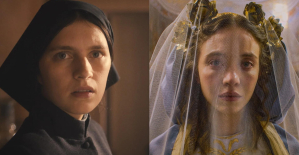 The Curse vs Immaculée: two thrillers but only one plot
The Curse vs Immaculée: two thrillers but only one plot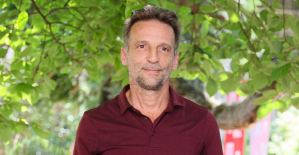 Mathieu Kassovitz adapts The Beast is Dead!, the comic book about the Second World War and the Occupation by Calvo
Mathieu Kassovitz adapts The Beast is Dead!, the comic book about the Second World War and the Occupation by Calvo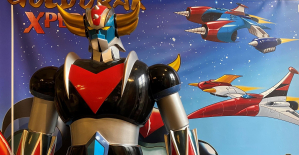 Goldorak 'has never lived so much as now'
Goldorak 'has never lived so much as now' Skoda Kodiaq 2024: a 'beast' plug-in hybrid SUV
Skoda Kodiaq 2024: a 'beast' plug-in hybrid SUV Tesla launches a new Model Y with 600 km of autonomy at a "more accessible price"
Tesla launches a new Model Y with 600 km of autonomy at a "more accessible price" The 10 best-selling cars in March 2024 in Spain: sales fall due to Easter
The 10 best-selling cars in March 2024 in Spain: sales fall due to Easter A private jet company buys more than 100 flying cars
A private jet company buys more than 100 flying cars This is how housing prices have changed in Spain in the last decade
This is how housing prices have changed in Spain in the last decade The home mortgage firm drops 10% in January and interest soars to 3.46%
The home mortgage firm drops 10% in January and interest soars to 3.46% The jewel of the Rocío de Nagüeles urbanization: a dream villa in Marbella
The jewel of the Rocío de Nagüeles urbanization: a dream villa in Marbella Rental prices grow by 7.3% in February: where does it go up and where does it go down?
Rental prices grow by 7.3% in February: where does it go up and where does it go down? Europeans: the schedule of debates to follow between now and June 9
Europeans: the schedule of debates to follow between now and June 9 Europeans: “In France, there is a left and there is a right,” assures Bellamy
Europeans: “In France, there is a left and there is a right,” assures Bellamy During the night of the economy, the right points out the budgetary flaws of the macronie
During the night of the economy, the right points out the budgetary flaws of the macronie Europeans: Glucksmann denounces “Emmanuel Macron’s failure” in the face of Bardella’s success
Europeans: Glucksmann denounces “Emmanuel Macron’s failure” in the face of Bardella’s success These French cities that will boycott the World Cup in Qatar
These French cities that will boycott the World Cup in Qatar Champions League: semi-final schedule revealed
Champions League: semi-final schedule revealed Serie A: AS Roma extends Daniele De Rossi
Serie A: AS Roma extends Daniele De Rossi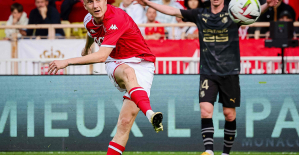 Ligue 1: hard blow for Monaco with Golovin’s premature end to the season
Ligue 1: hard blow for Monaco with Golovin’s premature end to the season Paris 2024 Olympics: two French people deprived of the Olympic Games because of a calculation error by the international federation?
Paris 2024 Olympics: two French people deprived of the Olympic Games because of a calculation error by the international federation?





